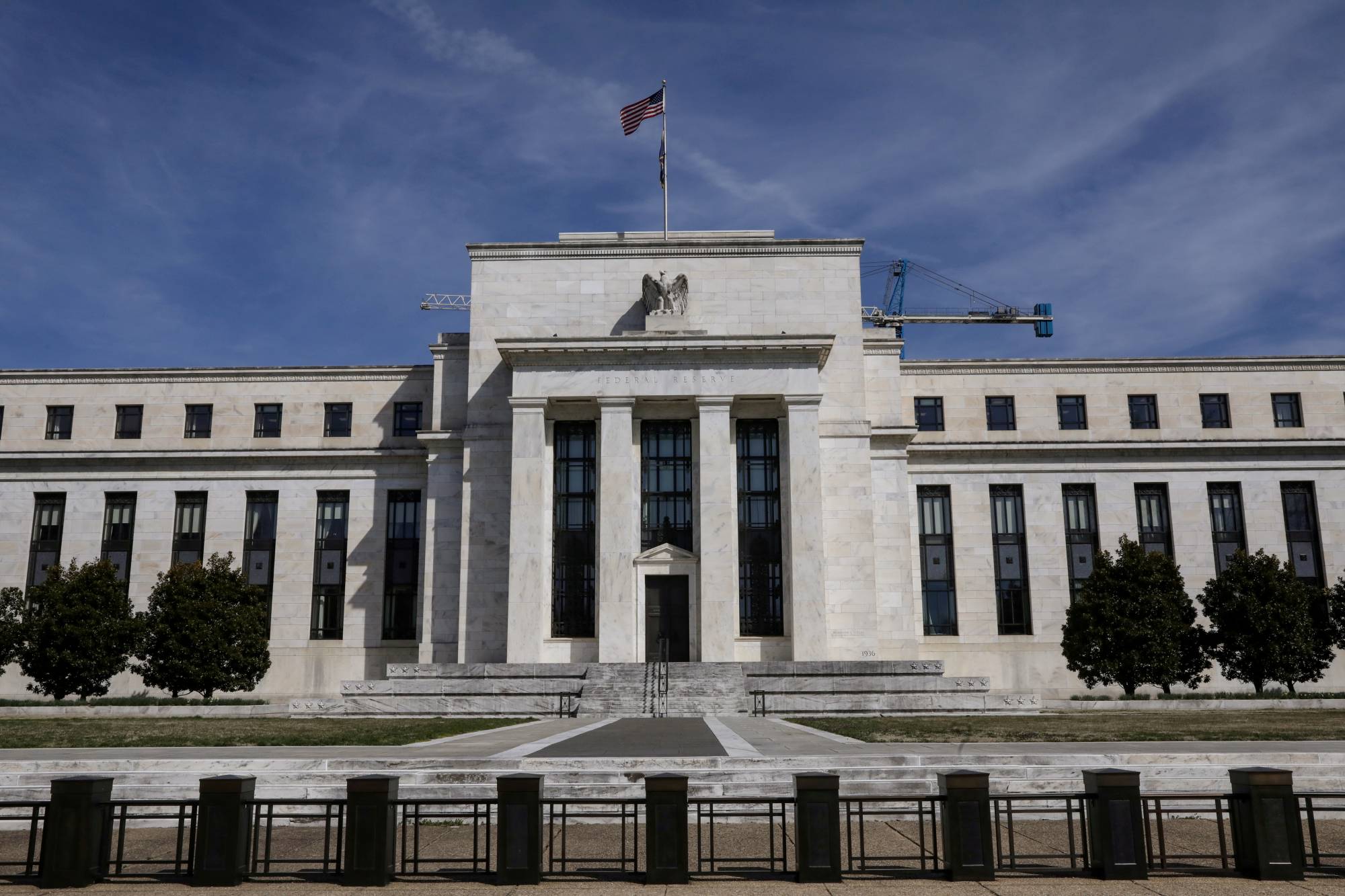Just like clothes and food, macroeconomics has its fashions. The latest is for public debt. From the OECD to the International Monetary Fund, global organizations that traditionally supported fiscal restraint have become much more relaxed about sovereign borrowing.
The argument is that debt sustainability is less of a problem if central banks keep interest rates ultra-low. Governments should ditch old fetishes, such as the ratio between debt and gross domestic product, and concentrate on more meaningful measures like interest payments as a percentage of GDP. You can see the appeal. Look at Greece, where a change in borrowing costs and loan maturities has made a huge debt pile seem manageable.
However, this latest macroeconomic fad is based on one crucial assumption: that inflation will stay subdued, letting central bankers continue with low rates and big asset purchases. That’s a pretty big thing to rely on. Any sustained rise in inflation might prompt the U.S. Federal Reserve and its global peers to tighten monetary policy, in order to hit their inflation targets. Investor attention would then shift back to traditional — much less comforting — measures such as debt-to-GDP ratios, raising the prospect of financial instability.


















With your current subscription plan you can comment on stories. However, before writing your first comment, please create a display name in the Profile section of your subscriber account page.